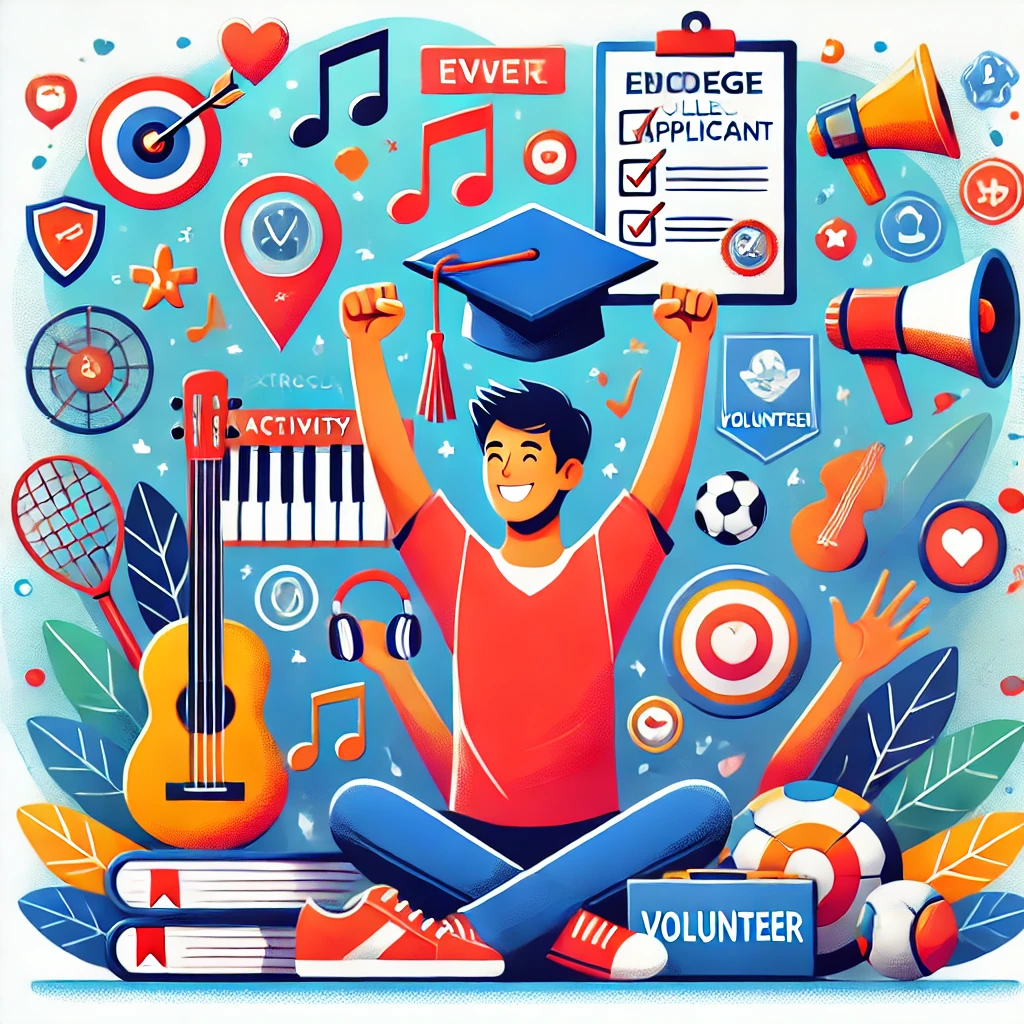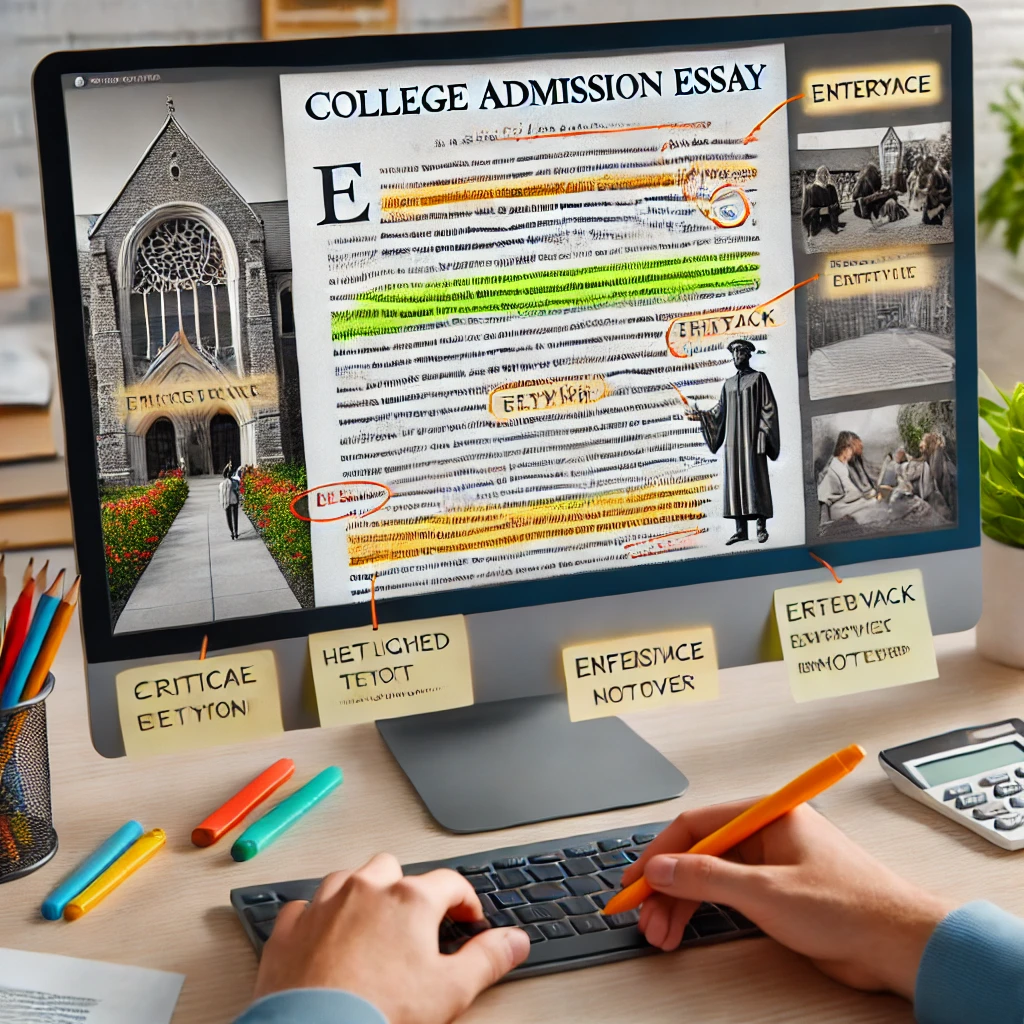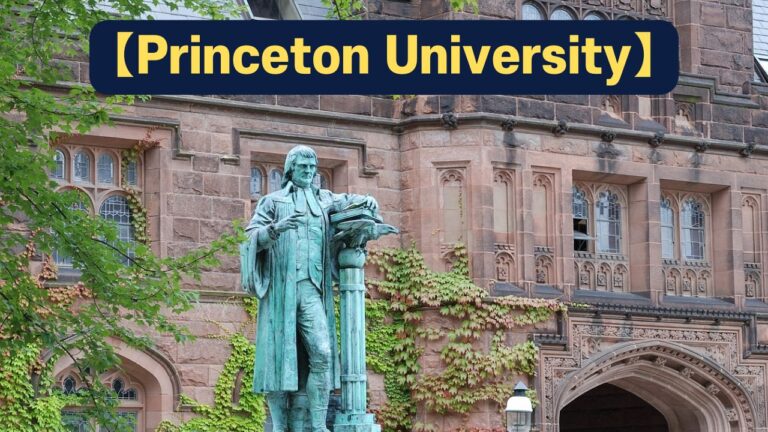【 MIT 】 A Parent’s Guide to Successful College Admission for Their Child
This column is intended for parents with children in high school, providing structured information for students aiming for admission to prestigious U.S. universities. Since actual statistics and data may change each year, please note that this article is based on widely known information and example data available to date. I hope this serves as a helpful resource for your child’s journey to U.S. college admissions.
Today, we will take a closer look at MIT.
【MIT (Massachusetts Institute of Technology) Admission Preparation Guide】
1. Introduction
MIT (Massachusetts Institute of Technology) is one of the world’s top engineering and technology institutions, widely regarded as a dream school for students excelling in science, technology, and engineering. Parents with children attending high school in the U.S. may wonder what preparations are necessary for MIT admission.
This column aims to provide valuable information on MIT’s admission statistics, application requirements, academic and extracurricular preparation, financial aid policies, and real admitted student profiles, including supplemental essays, to help guide your child toward successful colleg

2. Admission Statistics and Application Requirements
a. Recent Admission Statistics (2023)
- Total Applicants: 26,914
- Total Admitted Students: 1,291
- Acceptance Rate: Approximately 4.8%
- Gender Distribution of Incoming Students: 50% male, 47% female, 3% other
3. Factors Considered in Admission Decisions
a. Academic Factors
MIT places great importance on a candidate’s academic achievements, including:
- High school grades
- Rigor of coursework
- Letters of recommendation
- Standardized test scores
- Essays
b. Non-Academic Factors
- Personal characteristics
- Extracurricular activities
- Talents
- Interview performance
4. Academic Preparation
a. Recommended High School Curriculum
MIT recommends that applicants complete the following high school coursework:
- Mathematics: Four years, including advanced mathematics courses
- Science: Four years, including physics, chemistry, and biology
- English: Four years
- Social Sciences: Two years
- Foreign Language: At least two years
b. Academic Qualities MIT Values
MIT places strong emphasis on a student’s problem-solving ability, analytical thinking, creativity, and passion for learning. The university particularly favors students with outstanding achievements and deep interest in STEM (Science, Technology, Engineering, and Mathematics) fields.
c. Application Requirements
- Standardized Tests: MIT requires SAT or ACT scores, with a strong expectation of high performance in math and science. The middle 50% range for admitted students is:
- SAT Math: 780-800
- SAT Evidence-Based Reading and Writing: 740-780
- Letters of Recommendation: Applicants must submit one letter from a counselor, one from a math or science teacher, and one from a humanities or social science teacher.
- Essays: Applicants must submit essays that showcase their experiences, values, and goals.

5. Extracurricular Activities and Leadership
a. Preferred Types of Extracurricular Activities
MIT values depth and passion in a student’s extracurricular involvement. The university highly regards students who excel in STEM-related activities, such as research projects, Science Olympiad, and robotics competitions. Additionally, participation in diverse fields such as music, arts, and sports can demonstrate a student’s versatility.
b. Importance of Leadership Experience
Leadership is a significant factor in MIT’s admissions process. Experiences in student government, club activities, and community service showcase a student’s responsibility, organizational skills, and teamwork. Particularly, MIT values experiences where students take initiative in problem-solving and emphasize collaboration within a team.
6. Financial Aid and Scholarships
a. MIT’s Financial Aid Policy
MIT follows a need-blind admission policy, meaning that a student’s financial status is not considered in the admission decision, and admitted students receive financial aid based on need. Notably, families with an annual income of $200,000 or less may qualify for full tuition coverage.
b. Financial Aid Application Process and Key Deadlines
- FAFSA and CSS Profile: Students must submit the FAFSA and CSS Profile to apply for financial aid.
- Submission Deadlines:
- Early Action: November 1
- Regular Decision: January 1
- Additional Documents: Students may be required to submit tax returns and other financial documents.
7. Additional Resources: Profiles of Three Admitted Students

Student Profile 1: A
Academic Achievements
- GPA: 4.0/4.0 (Top 1% of class)
- Standardized Tests: SAT 1580 (EBRW 780, Math 800)
- AP Courses: Over 12 AP courses, including:
- AP Calculus BC, AP Physics C: Mechanics/E&M, AP Chemistry, AP Biology, AP Computer Science A, AP Statistics, AP English Literature, AP US History, etc.
- College (Dual Enrollment) Courses:
- Completed two advanced math courses (Linear Algebra, Differential Equations) at a local community college
Extracurricular Activities
- 1st Place in National Science Olympiad
- Selected for the national team and competed in international competitions
- President of Robotics Club
- Award-winning participant in annual robotics competitions
- Developed projects using Arduino, Raspberry Pi, and 3D printing
Leadership Experience
- Chairperson of Local Youth Science Camp
- Designed and managed science education programs for middle and high school students
- Secured sponsorships, coordinated volunteers, and developed curricula
Student Profile 2: B
Academic Achievements
- GPA: 3.95/4.0 (Top 2-3% of class)
- Standardized Tests: ACT 35 (Math 35, Science 36, English 35, Reading 34)
- AP Courses: Around 14 AP courses, including:
- AP Calculus AB, AP Physics 1, AP Statistics, AP Literature, AP Government, AP Psychology, etc.
Extracurricular Activities
- Silver Medalist in International Math Competition
- Participated in team-based competitions, showcasing strong mathematical problem-solving skills
- Winner of Regional Music Competition
- Pianist with awards in classical piano performance
- Member of the school orchestra and piano accompanist
Leadership Experience
- President of Local Volunteer Organization
- Organized and led weekly community service projects (soup kitchens, youth mentoring)
- Over 1,000 hours of community service
- Vice President of Student Council
- Led school events (festivals, sports competitions) and student governance initiatives
Student Profile 3: C
Academic Achievements
- GPA: 4.0/4.0 (Top 1% of class)
- Standardized Tests: SAT 1570 (EBRW 770, Math 800)
- AP Courses: Over 15 AP courses, including:
- AP Physics C (Mechanics & E&M), AP Calculus BC, AP Chemistry, AP Computer Science A, AP Biology, AP English Language, AP World History, etc.
- College (Dual Enrollment) Courses:
- Completed a physics seminar and an advanced programming course (Data Structures & Algorithms) at a local state university
Extracurricular Activities
- Physics Research Project
- Assisted a university professor in a gamma-ray attenuation experiment
- Published a summarized research paper in the school’s science journal
- Finalist in International Science Fair
- Developed an award-winning interdisciplinary chemistry-biology project
- Won 1st place at the regional competition and placed 3rd in the international finals
Leadership Experience
- Team Captain of School Robotics Team
- Led the team to the First Robotics world finals for two consecutive years
- Organized mentorship programs for younger students
- Founder of Local Science Club
- Hosted weekly science discussions and invited university professors for guest lectures
- Organized Code Jam competitions and mini experimental contests
8. Supplementary Essay Prompts (8 Topics)

Now, Let’s Take a Look at MIT’s Supplementary Essays
MIT requires a total of six supplementary essays in addition to the main essay, which is more than most other universities. In fact, there are eight essay prompts in total, but the last two are optional. While these optional prompts are not as crucial, we will still provide them for your reference.
Prompt #1
“What field of study appeals to you the most right now? Tell us more about why this field of study at MIT appeals to you.” (100 words or fewer)
Prompt #2
“We know you lead a busy life, full of activities, many of which are required of you. Tell us about something you do simply for the pleasure of it.” (150 words or fewer)
Prompt #3
“While some reach their goals following well-trodden paths, others blaze their own trails achieving the unexpected. In what ways have you done something different than what was expected in your educational journey?” (225 words or fewer)
Prompt #4
“MIT brings people with diverse backgrounds together to collaborate, from tackling the world’s biggest challenges to lending a helping hand. Describe one way you have collaborated with others to learn from them, with them, or contribute to your community together.” (225 words or fewer)
Prompt #5
“How did you manage a situation or challenge that you didn’t expect? What did you learn from it?” (225 words or fewer)
Prompt #6
“Please list up to four activities—if you have more than four, choose the ones that are most important to you.” (40 words or less per activity description)
Prompt #7 (Optional)
“No application can meet the needs of every individual. If there is significant information that you were not able to include elsewhere in the application, you may include it here. (Many students will leave this section blank—and that’s okay.) Please note, we may not be able to access all links you share. If you have supplemental materials you would like to submit, please refer to our optional creative portfolios.” (350 words or fewer)
Prompt #8 (Optional)
“If you have additional information about your family that you think is important for us to know, please include it here.” (100 words or fewer)
9. Analysis of MIT’s Supplementary Essay Prompts and Admission Strategy

Analysis of MIT’s Supplementary Essay Prompts and Admission Strategy
At first glance, MIT’s eight supplementary essay prompts may seem short, but they are designed to evaluate multiple dimensions of an applicant, including academic passion, personal drive, collaborative spirit, creative problem-solving skills, and integrity. MIT’s core values are deeply embedded in these essay questions. Ultimately, MIT seeks students who demonstrate the following characteristics:
1. The Ideal MIT Applicant
Intellectual Curiosity and Academic Passion
- Prompt #1 asks, “What field of study appeals to you the most?” and “Why is MIT the right place for you to pursue it?”
- MIT highly values students who are passionate about learning. It’s not enough to simply be good at math or science—students must explain why they find a particular field fascinating and how they plan to explore it further at MIT.
Initiative and Independent Thinking
- Prompt #3 asks students to describe an experience where they pursued something in an unconventional way.
- This is meant to identify students who do not simply follow prescribed paths but instead create their own. MIT values students who ask their own questions, experiment with different approaches, and take risks to solve problems.
Open-Mindedness and Creativity
- MIT values students who apply their knowledge in innovative ways.
- Prompt #5 asks, “How did you manage an unexpected situation or challenge?”
- This assesses how students think on their feet and whether they can creatively adapt and find solutions.
Collaboration and Communication Skills
- Prompt #4 focuses on collaboration.
- MIT places tremendous importance on teamwork, as research and projects at MIT often involve interdisciplinary collaboration. The ability to learn from others and contribute to a team is a key quality MIT seeks in applicants.
Intrinsic Motivation and Personal Enjoyment
- Prompt #2 asks students to describe something they do purely for enjoyment.
- This helps MIT assess whether a student has the ability to sustain long-term motivation and manage stress in a highly demanding environment.
Authenticity and Honesty
- Prompts #7 and #8 (optional essays) provide an opportunity for students to share additional background information.
- This is MIT’s way of saying, “If there’s something truly important we should know about your circumstances, tell us.”
- It allows applicants to provide context about their personal or family background that may have influenced their journey.
2. Strategic Preparation for Korean Students and Parents Over Four Years of High School
Based on MIT’s ideal student profile, here are some strategic approaches that Korean students and parents can take to prepare effectively throughout high school:
(1) Cultivate and Demonstrate Academic Passion
Deep Learning in School Subjects + Independent Exploration
- While strong grades are essential, students should go beyond just getting good scores.
- They should identify specific questions that intrigue them and pursue independent research or projects based on those interests.
Examples of How to Show Passion:
- Join academic clubs, write research papers, enter competitions (e.g., Science Olympiad, Math Olympiad), or take online courses (Coursera, edX, MIT OpenCourseWare).
Focus on the “Why” in Learning
- MIT prefers students who constantly ask “Why?”
- Instead of just memorizing formulas, students should focus on understanding concepts, experimenting, and applying knowledge in new ways.
(2) Take Initiative in Projects and Extracurricular Activities
Transform Ideas into Real-World Solutions
- Engage in hackathons, maker competitions, and entrepreneurship challenges to develop hands-on problem-solving experience.
- Examples:
- Robotics competitions, app development, math/science research projects, or community-driven STEM education initiatives.
Learn in Unique and Independent Ways
- Since Prompt #3 emphasizes taking a different approach, students should avoid just following traditional study methods.
- Instead, they should initiate projects that showcase independent learning and problem-solving.
(3) Build Leadership and Teamwork Skills
Engage in Team-Based Projects
- Regardless of the setting, students should actively participate in team research projects, group presentations, and collaborative competitions.
- MIT values leadership that fosters collaboration, not just holding a leadership title.
Community Service and Giving Back
- MIT is interested in students who have positively impacted their communities.
- Students should engage in long-term, meaningful volunteer work related to their academic interests rather than just one-time activities.
(4) Embrace Challenges and Learn from Failure
Avoid Taking the Safe Route
- Students should not shy away from difficult challenges, as Prompt #5 specifically asks about how they overcame obstacles.
- Taking calculated risks and embracing failure as part of the learning process can help students develop resilience.
Keep a Reflection Journal
- Writing weekly reflections on challenges, failures, and learning moments can help when drafting essays later.
(5) Discover and Maintain Personal Enjoyment
Find an Activity That Brings Genuine Joy
- Prompt #2 emphasizes the importance of balance and intrinsic motivation.
- Activities such as music, writing, sports, building models, or cooking can provide stress relief and showcase a student’s passion for lifelong learning.
(6) Be Honest About Personal Background and Circumstances
Disclose Relevant Family or Personal Background Information
- If financial hardship, family struggles, or other significant challenges have impacted the student’s journey, they should use Prompt #7 or #8 to provide context.
Avoid Overloading with Unnecessary Information
- Since these essays are short, students should focus on key takeaways and avoid excessive details.
3. Conclusion and Summary
MIT does not just seek “students with high grades and perfect scores.” Instead, they look for students with curiosity, creativity, teamwork, resilience, and self-motivation.
Korean students often focus too much on academic achievements and extracurricular “credentials”, but MIT evaluates how deeply a student has engaged in their interests and how they have grown from their experiences.
To maximize the chances of MIT admission, students should:
- Commit to a few key passions rather than spreading themselves thin across too many activities.
- Develop a narrative that connects their experiences to their long-term goals.
- Demonstrate initiative, creativity, and collaboration in meaningful projects.
- Embrace challenges and reflect on their learning process.
- Showcase their personal motivation and joy in learning.
Success in MIT admissions is not built overnight—it requires consistent, meaningful engagement over four years of high school.
By following this long-term strategy, students will not only enhance their chances at MIT but also develop the skills and mindset needed for success in any top university and beyond.
Elite Prep Suwanee: Your Guide to MIT and College Admissions
📌 As the Director of Elite Prep Suwanee, I am here to support students and families with their journey to top universities.
- We offer guidance on the Presidential Volunteer Service Award and Congressional Award.
- We provide FAFSA and financial aid consulting at no cost.
- Our programs help students prepare for MIT, Ivy League, and other competitive college admissions.
📧 Email: andy.lee@eliteprep.com
🌐 Website: www.eliteprep.com/suwanee
📞 Call & Text: 470.253.1004
🏢 Address:
1291 Old Peachtree Rd. NW #127
Suwanee, GA 30024
Thank you!
Andy Lee, Director of Elite Prep Suwanee
🔗 1:1 Educational Consulting (Online / In-Person): Sign Up Here



